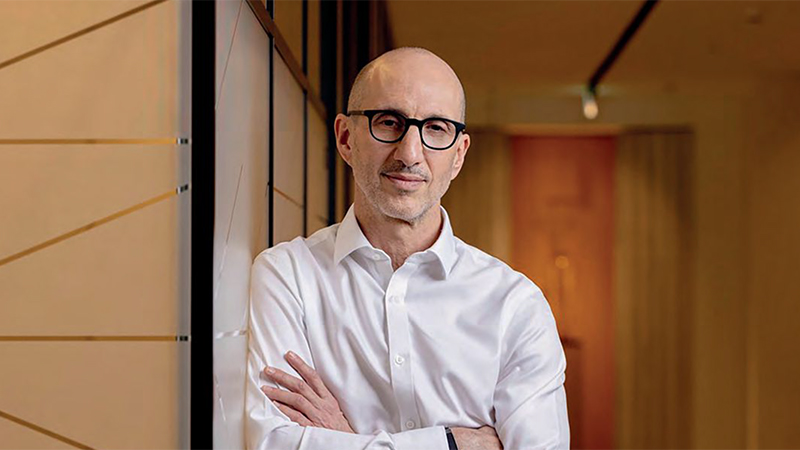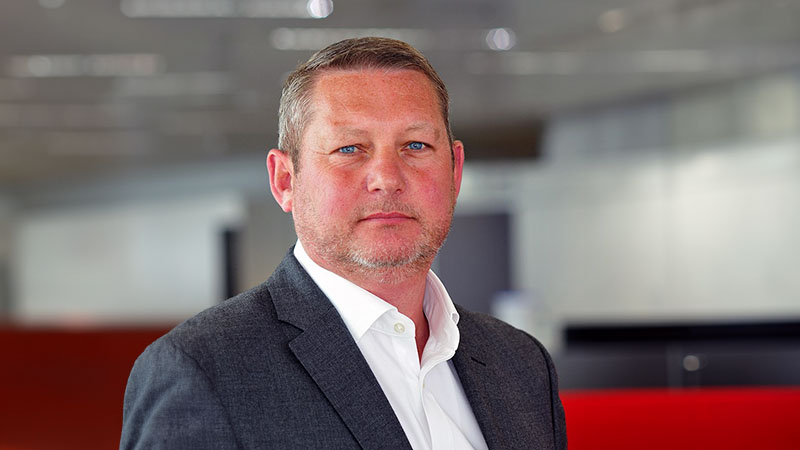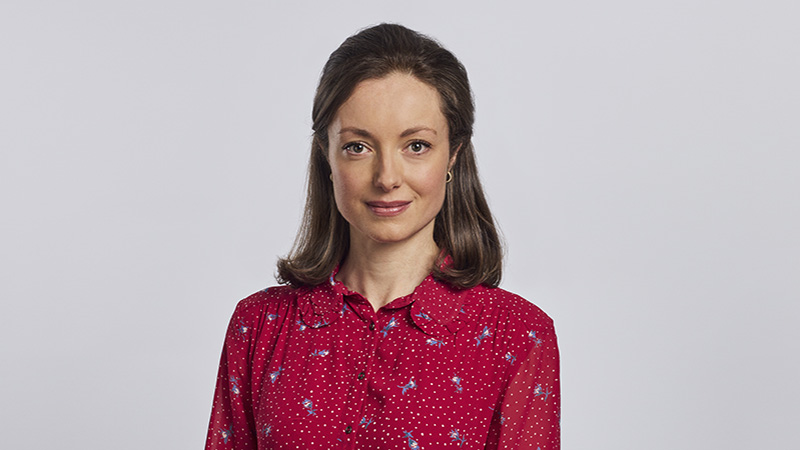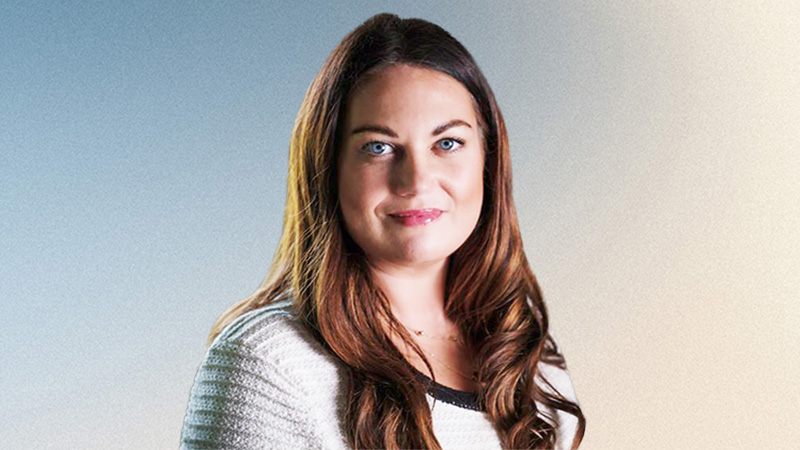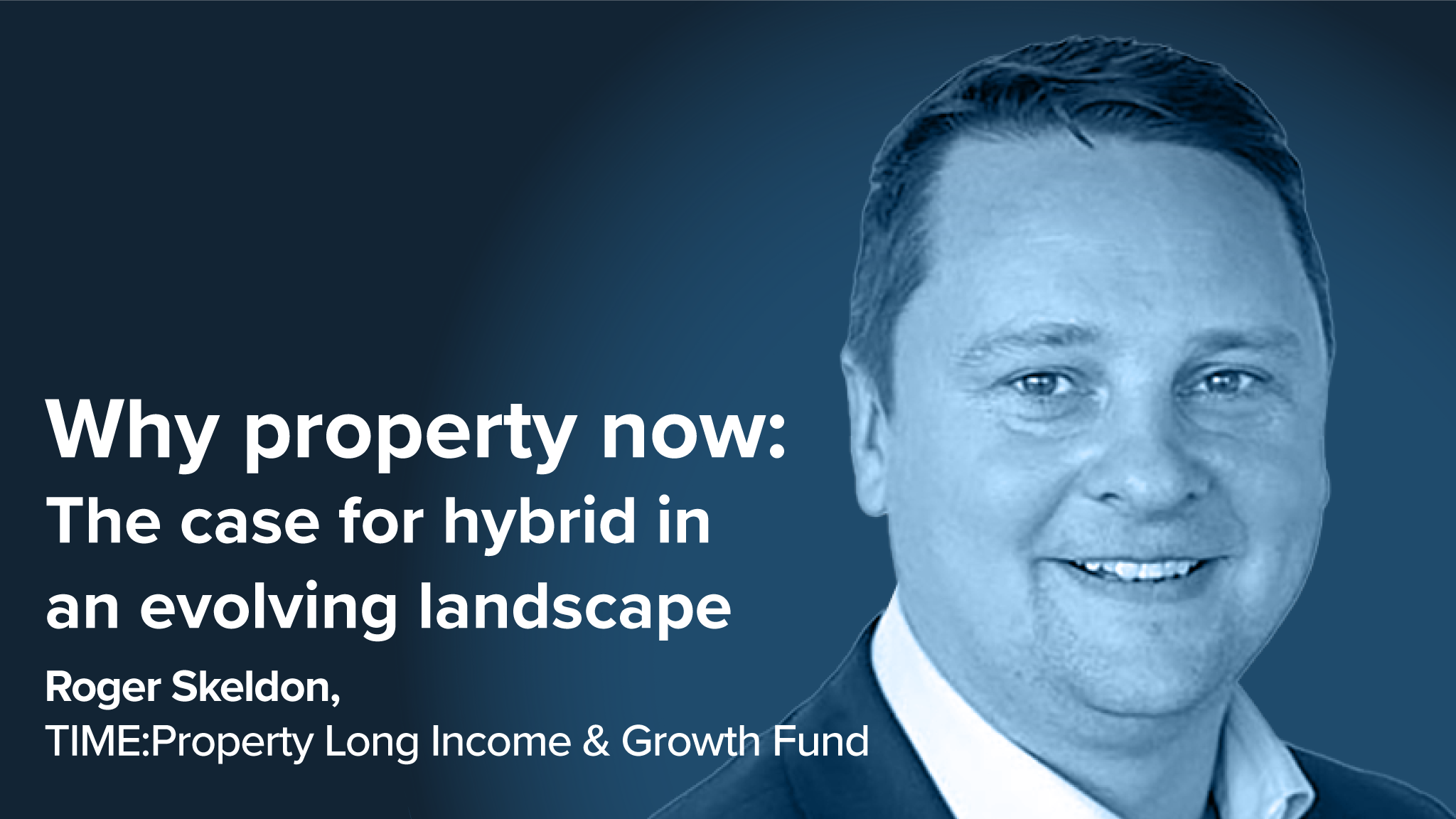The group’s head of multi-manager, Ventre currently runs something close to 17 funds spanning the core Spectrum portfolios (risk-rated 3 to 8) he first helped set up in April 2008, as well as heading up the Voyager and Generation Target ranges. He is also co-manager on the firm’s three Foundation funds, alongside Richard Buxton, Stewart Cowley and Paul Simpson.
Meteoric rise
This is even more remarkable considering that upon joining what was then Skandia in 2007, he thought he was to be taking on a mere research role, looking into institutions’ investment in alternative/hedge fund strategies.
“The business had a wider plan, and my first meeting at the company was a discussion about the launch of Spectrum funds,” he recalls.
“As Spectrum evolved into a risk-targeted strategy, the logical person to run that and take it forward was me. Having come in to learn about institutional buying preferences, by April 2008 I was running this suite of multi-asset funds. It’s funny how a career turns out.”
Spectrum was actually one of the first ranges to adopt the risk-targeted mantle – while 3-8 are available commercially, there are officially 10 funds, from 1 (100% cash), through to 10 (100% global equities).
Part of the reason for launching Spectrum, Ventre explains, was long-term data on US equity returns. This showed that over 20 years the average market return had been around 7.5% while the average fund had achieved around 6.5%, being index minus fees.
Riding the cycle
However the average ‘customer experience’ of that market had been just a little under 2% per annum.
“Essentially they were nearly 5% behind what they should have been getting from equity investments through poor timing decisions – buying and selling at the wrong times,” he explains.
“In particular, this owes much to equities becoming really popular in 1999 and unpopular in 2003. This destroyed an enormous amount of value, and it’s a bit of a puzzle because if you were just dropping pins into paper at random, lots of people would do very badly and lots of people would do very well and on average an investor should experience the market return.
“Actually it turns out that the fear and greed cycle is behavioural and our end customer doesn’t have the risk tolerance to survive and ride through the cycle.”
He adds: “We needed to find a way to give clients the experience of owning the assets which were going to drive their long-term returns, while packaging it in a way which enabled them to hold on through the cycle and not experience this negative asset allocation effect.”
Spectrum came around as the regulator, then the FSA, began to talk more about attitudes to risk, capacity for loss, risk profiling and matching customers’ expectations.
Similarly, the Old Mutual team has been fortuitous with changes to annuities as announced in this year’s Budget, which helps boost the appeal of the Generation Targeted range. These funds, launched in November 2012, are aimed at ‘in-retirement’ or ‘post-accumulation’ investors with a priority to address income, inflation risk and longevity risk (that you run out of money before you die).
With such explicit risk targets across his funds, the macro picture and, in particular, the correct allocation to fixed income manager is of utmost importance for Ventre. He says the fixed income portfolio for Spectrum currently yields around 4% and it has a little less than four years of interest rate risk or interest rate duration.
He adds: “If interest rates were to go up 100bps next year, we’d lose 4% in capital terms but we’d have got a 4% income so we’d end up with zero return and in that scenario we haven’t actually done worse than cash. In constructing the portfolio the way we have done, we have effectively built in
100bps of buffer before we are losing money in absolute terms.”
While acknowledging there is no ‘silver bullet’ for fixed income allocation presently, Ventre stresses that it might be a number of years before we see the much-forecast bond bear market emerging, so he seeks portfolios that can endure a stale bull market, including holding some gilts.
Fortune telling
While he asks all of the fund managers he interviews about their investment mistakes, and why they might happen again, he acknowledges his own failings in having previously been too underweight government bonds.
“We have been cautious government bonds for quite some time but turns out they have had better returns than we predicted,” he confesses.
“We are all obsessed with when rates are going up, but we should be more concerned about where they are going to, which is important for bond markets. Bonds are expensive, but they are not a toxic asset that is going to lose you 25%. Two or three years ago, I probably thought that was the case.”
More widely across the portfolios, Ventre likes special-situations type investments and uses asset-backed securities through a mandate with TwentyFour Asset Management. This year, he has also been buying into Norwegian high-yield bonds though local player Alfred Berg Asset Management.
“These are typically floating rate and have about a 4.5% higher yield relative to rest of Europe, and while default risk is higher a lot have physical asset backing,” says Ventre.
Smart money
He has also been buying into local currency emerging market debt via Investec and Stone Harbor Investment Partners. Relative to other markets, he believes this asset class looks cheap. Also, while in the 1990s there was a strong correlation between rising US rates, dollar strength and weakness in EM bonds, he thinks things could be different this time around given that US rates are likely to peak at less than 3% in this cycle.
He explains: “If you’ve got 7% back home and a Brazilian bond yielding 10%, why take the risk, I’ll just come home and earn my 7%. However, if I’m only getting 2% back home, but I have a Brazilian bond that yields 12%, then nobody abandons that potential return for safety of home base.
That’s where emerging market bonds sit today. The amount of yield and the amount of value is effectively a margin of safety, which we don’t believe that allocators will abandon.”
Ventre is relatively cautiously allocated within equities at present, though he has built up an emerging market bias in certain portfolios, and towards value names, which inherently leads to greater volatility.
Staying local
With the risk-on/risk-off era beginning to fade, he sees more diversification across markets, and so does not see emerging markets as a leveraged play on where developed markets go.
Again keeping to the principle of using local players, the team prefers regional specialists in Asia rather than global emerging market funds.
Closer to home, Ventre uses two funds run by Old Mutual colleagues Richard Buxton and Richard Watts for UK large and mid-cap exposure, alongside Investec’s Alastair Mundy and Tim Steer of Artemis.
In keeping with the multi-asset mandate and diversifying away from risk assets, UK property funds managed by M&G and CBRE are also favoured.
“Equity bull markets always go on past the point of fair valuation, so I’m not ringing the bell, but I do think it gets harder from here.”
Interesting times
“We have had a fair few years of easy returns, and the positive scenario is a bit more volatility and we chop our way higher,” he says. “The negative scenarios aren’t particularly bad either – one of the reasons markets are getting more volatile is it sees the possibility of rate hikes coming, but in practice if the economy were to slow significantly or if the equity market were to take any real punishment, central banks would take their fingers much further away from the trigger on interest rate rises.”
Still, despite the October downturn, Ventre is not ruling out a further 10-15% correction in equities, though he doubts things are going to get much worse than that.
He concludes: “We think you want to be willing to have some cash, and buy the dips when they come. There is a risk however that these dips don’t appear because too many people are waiting for them.
“In my experience when lots of people have their finger poised to add on weakness, that weakness never appears.”

